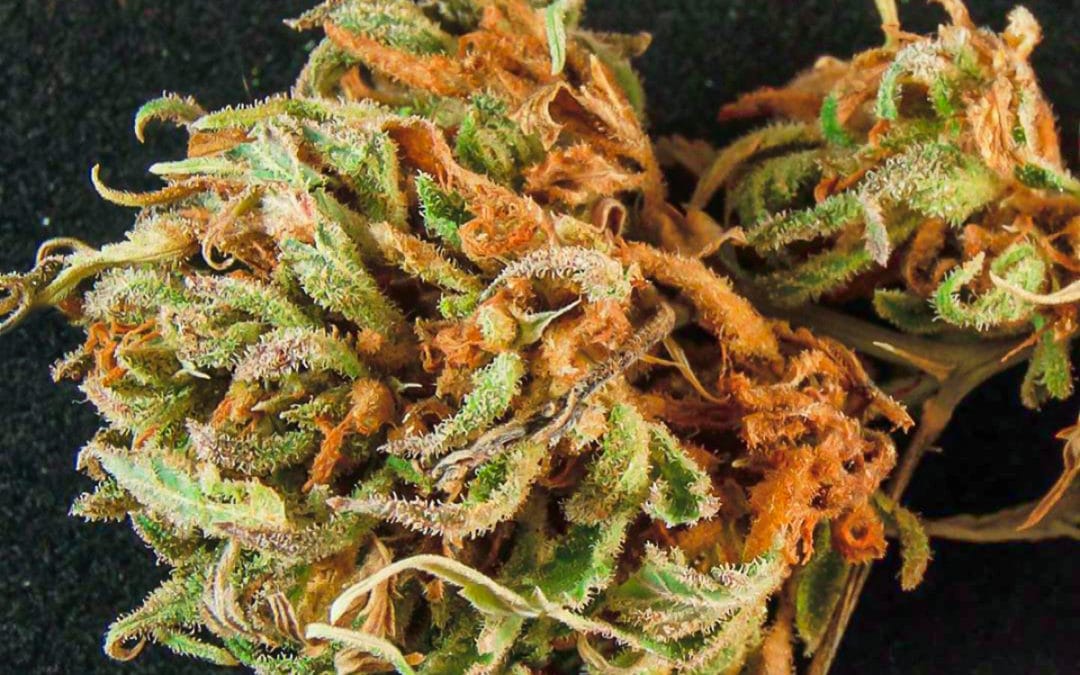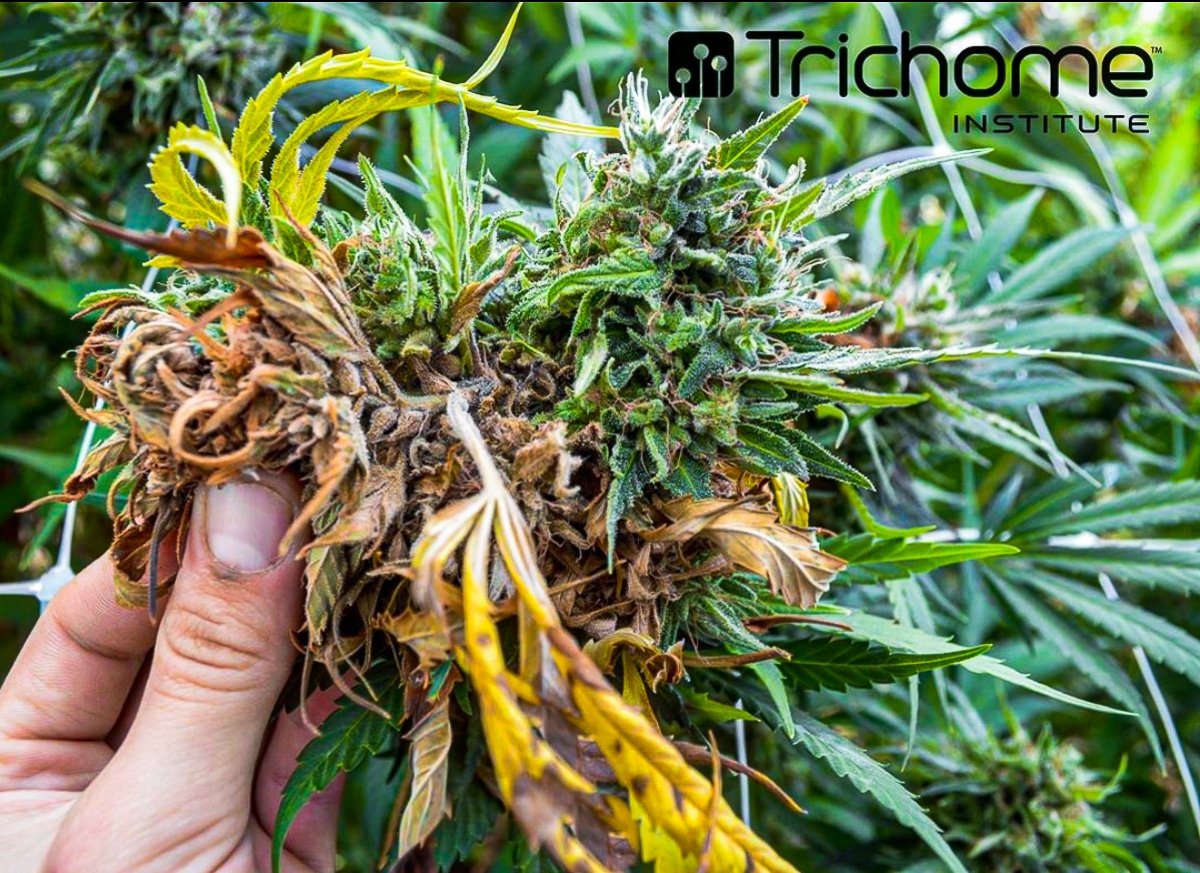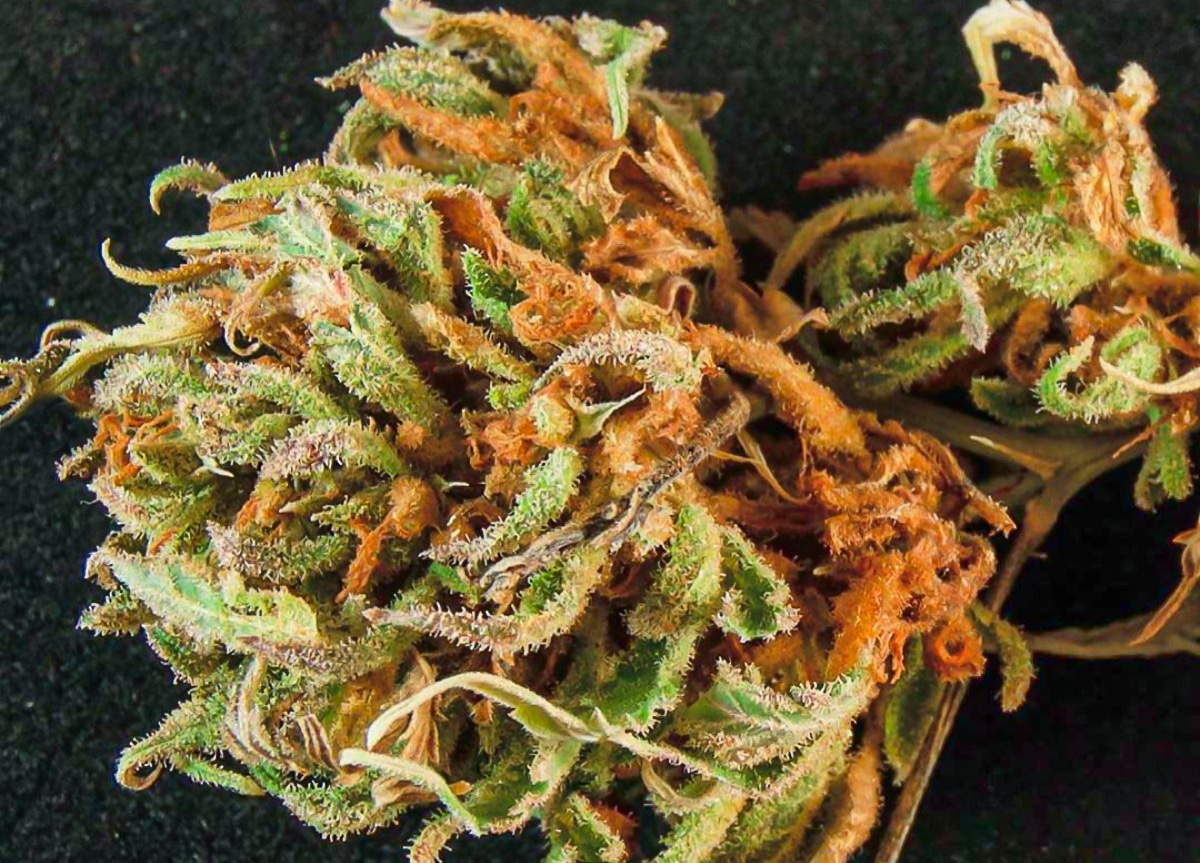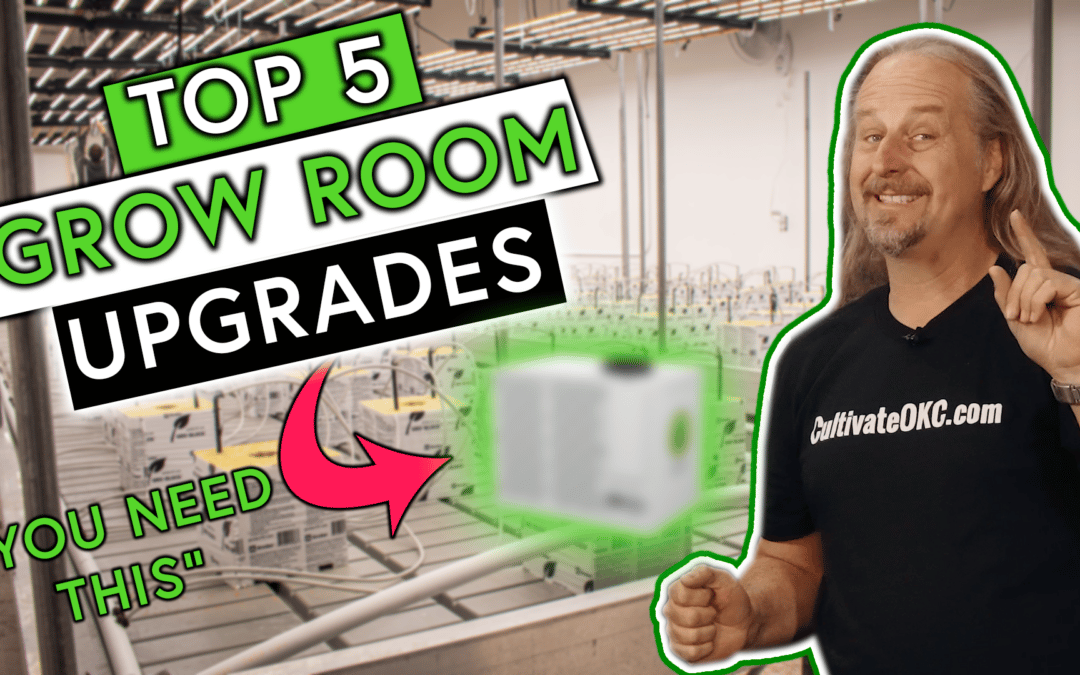
Top 5 Grow Room Upgrades for 2023
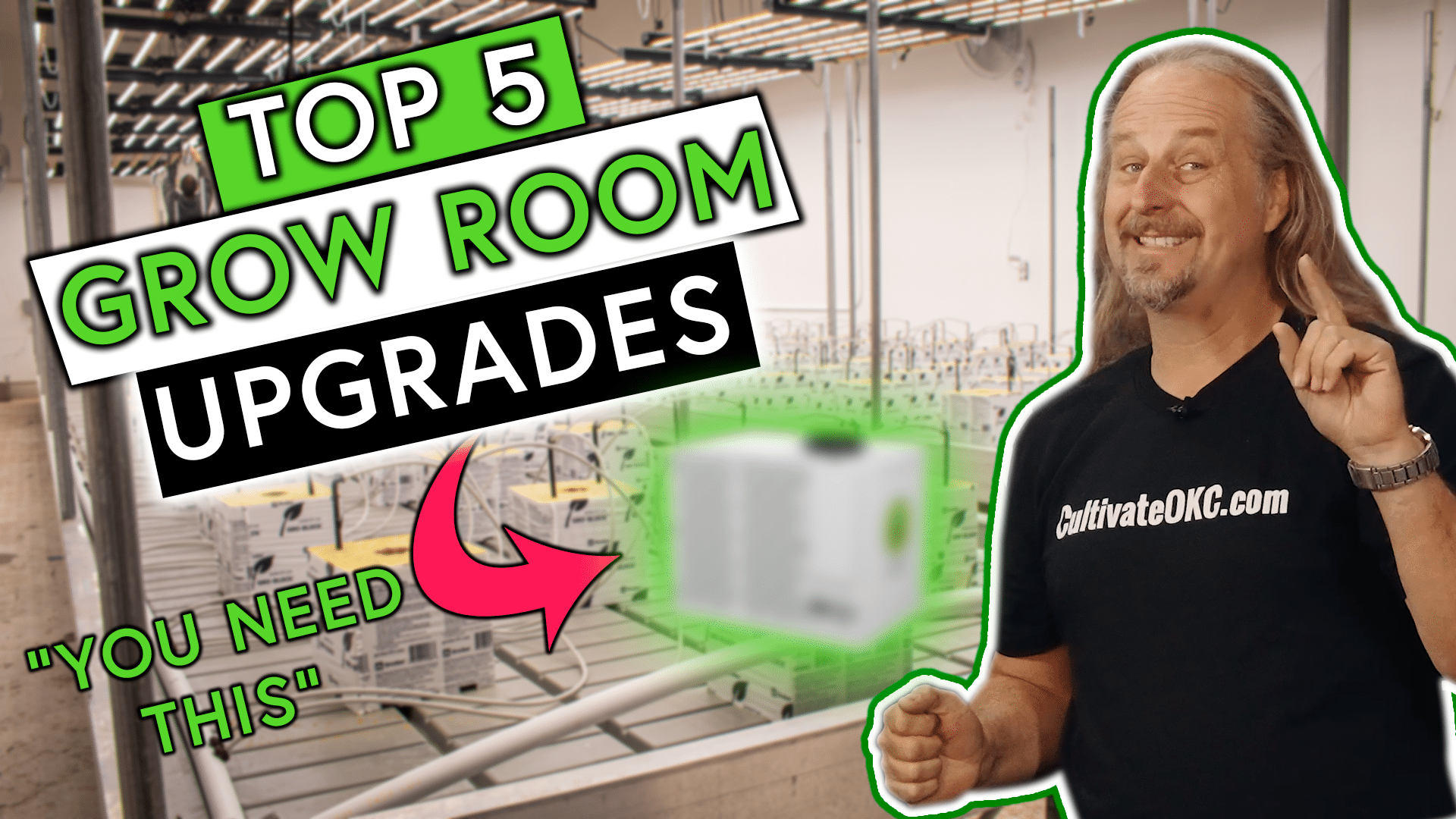
WANT TO WATCH THIS ARTICLE INSTEAD? CLICK HERE
Starting the New Year strong means getting those grow room upgrades you’ve been pushing off!
There are some aspects of a grow room build that are always consistent, like how much space you have to work with. What you can change, however, is how well that space works for you.
In other words, with the right grow room build and grow room upgrades, you can set yourself for success no matter the size of your room. Today, we’re going over the top five grow room upgrades we think you should be making in 2023.
Top 5 Grow Room Upgrades
It can be difficult to choose what grow room upgrades to make in 2023, when there are so many options. We are not saying that every upgrade in this list needs to be made in order to be successful.
We believe that optimizing your grow room build to be as efficient and cost-effective as possible it what matters. While some grow room upgrades may come with a hefty price tag, many of these upgrades will pay themselves off in time.
Upgrade Your Grow Lights
The number one grow room upgrade we recommend to growers these days is to upgrade grow lights. It wasn’t that long ago that HPS (High Pressure Sodium) lighting was king.
Just about every commercial facility was using HPS lights because they were the most efficient. But that has now changed.
LED grow lights have revolutionized indoor cultivation. LEDs don’t just save on electricity costs compared to HPS grow lights thanks to their efficiency. LED lights also offer a much wider light spectrum for your plants.
The spectrum of LEDs more closely simulates natural sunlight, which is what your plants truly crave.
On a large scale, the costs of LEDs and HPS lights may be similar, but what you lose in efficiency and energy costs with HPS, you get in spades with an LED.
Grow Room Dehumidifier
Even in Colorado, humidity can become an issue in an order cultivation facility. As plants are fed water and performing photosynthesis, moisture is produced by the plants themselves.
This moisture can add up over time, and without proper maintenance can result in mold, mildew, bugs and other issues. Just one dehumidifier in your grow can make a significant difference.
The old, roll-in dehumidifiers that sat in the corner of the grow are a thing of the past. With a little hardware, you can hang a Quest or Anden dehumidifier right in the middle of your room to maximize its efficiency.
Environmental Controller for your Grow Room
2023 is the year of efficiency, and that means taking more control over your grow to save time. An environmental controller is one of the best grow room upgrades you can make this year.
The term “environmental controller” can be broad, or specific. That is, you can get a controller that merely controls your light cycles. You can also get a controller that will monitor and control your temperature, humidity, lights, feeding cycles and more.
The amount of automation in your grow more or less determines what type of environmental controller you will need for your grow room build. For example if you are hand watering, there is no need for a controller that manages irrigation.
However as you’ll learn in our next grow room upgrade recommendation, you should reconsider hand watering too.
Grow Room Irrigation
Hand watering has its perks, like getting up close and personal with each plant. But it isn’t worth the potential mistakes we can make as humans.
Hand feeding is more likely to result in overfeeding, underfeeding or mis-measuring nutrient doses, which is why automated irrigation is our next grow room upgrade recommendation for 2023.
Setting up automated irrigation can be intimidating, and it can certainly be time consuming. But with proper resources like our own DIY irrigation build out tutorial, you can start designing and building your irrigation system with ease.
Automating your feedings doesn’t just save you the time of hand watering, it also ensures your plants get the exact amount of nutrients they need in every feeding. With the help of an environmental controller, the irrigation process can be entirely automated.
Think of the hours saved that can be spent on more important matters in the grow, like getting the most out of your space!
Rolling Benches Grow Room Upgrade
It’s time to pick the plants up off the grow room floor and put them on a rolling bench. Here’s the thing; they aren’t actually on wheels.
A rolling bench is a stationary stand with a moveable tabletop. This design allows the grower to move the tabletop side to side without actually moving the table itself.
In other words, you can have two rolling benches directly next to each other, while still being able to move one out of the way to move between them and check on plants. No more stationary isles!
When maximizing square footage is the name of the game, rolling benches in the grow room will help do it better than anything else.
Other Grow Room Upgrades
There are always new upgrades to make in the grow room, whether it is new tech or the cultivation style itself. At Cultivate, we keep our finger on the pulse of the industry, and work with leading brands to stay ahead of trends and keep you informed.
If there’s a grow room upgrade you think we missed or should cover next, let us know! Don’t forget to check out our Top 5 Grow Room Upgrades and Grow Room Build Tips video on YouTube!

